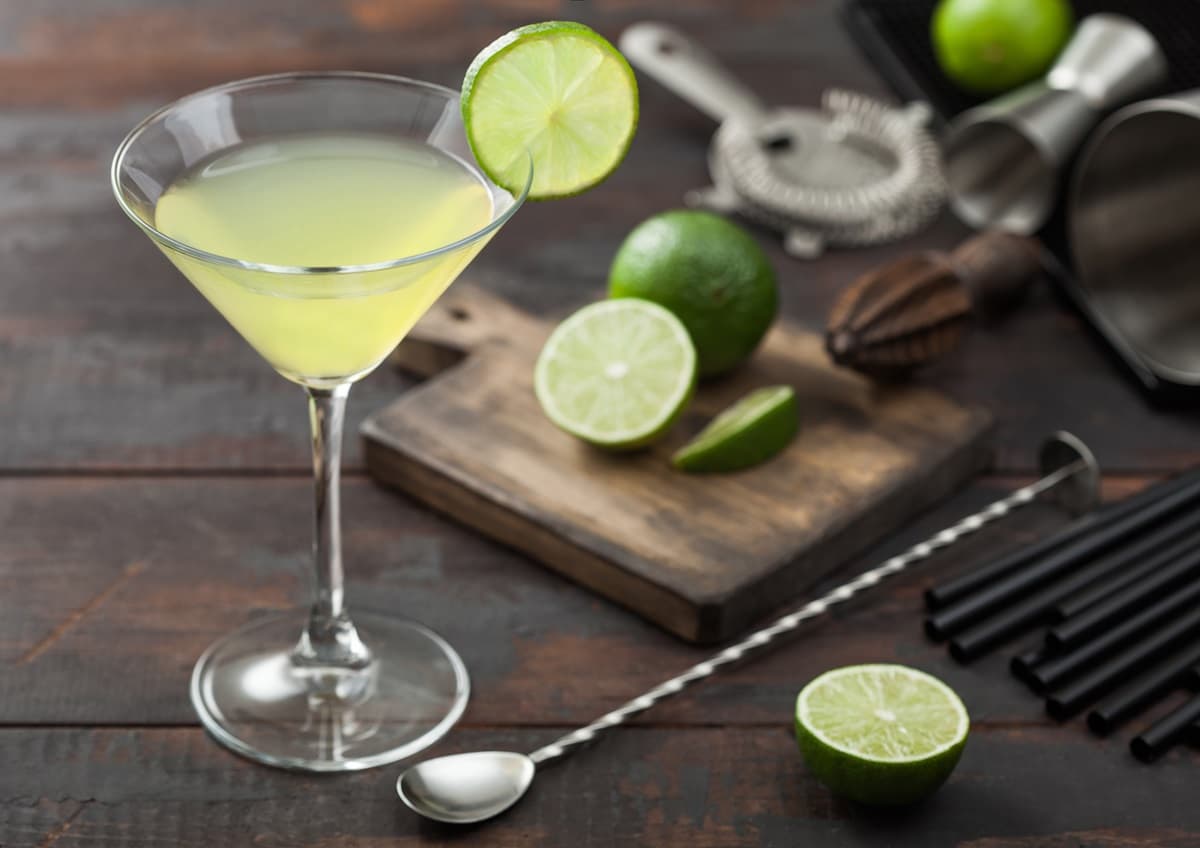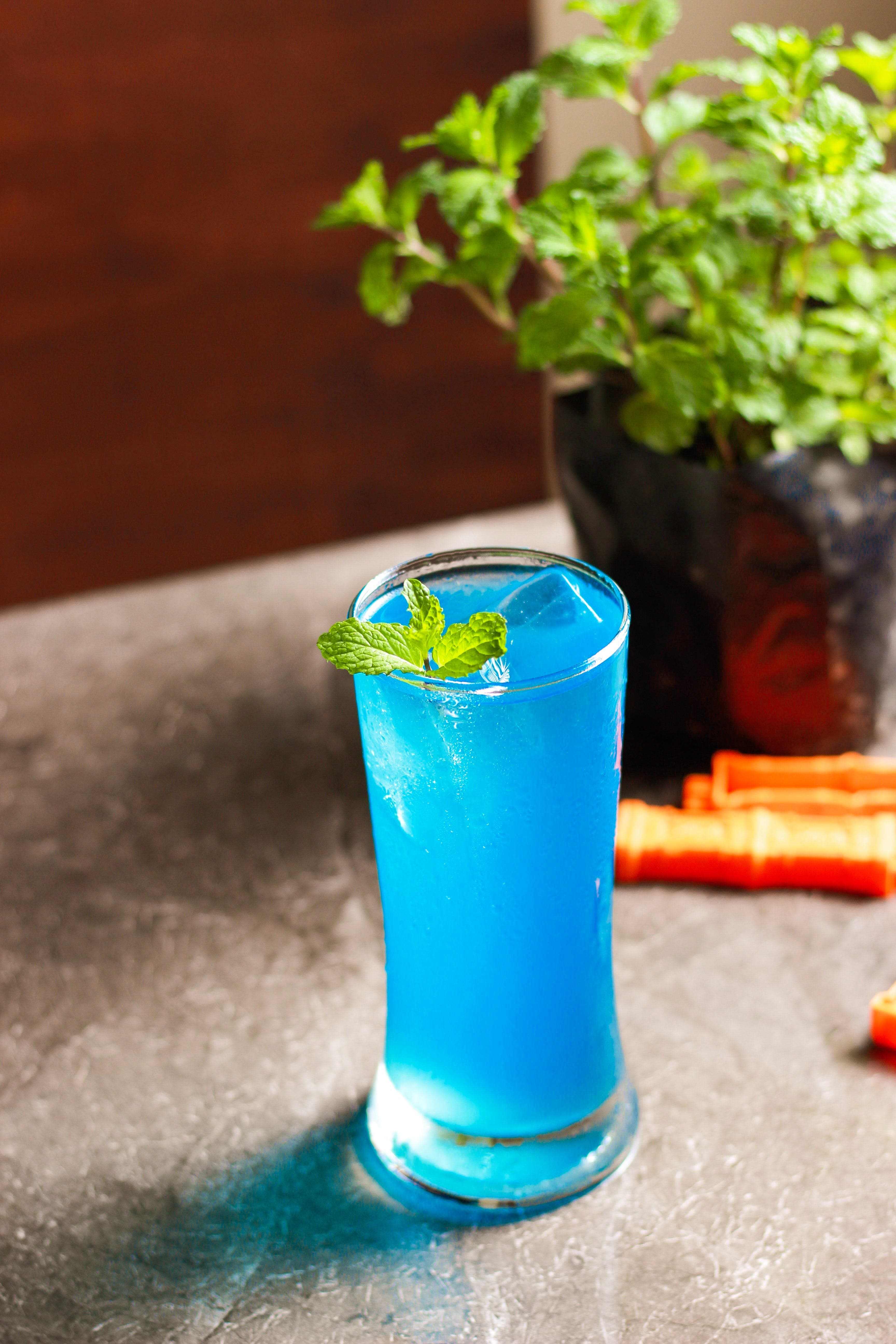Kamikaze Cocktail
The Kamikaze cocktail is a no-nonsense mix that delivers from the first sip. It blends vodka, triple sec, and fresh lime juice in perfect proportions, and is served chilled and often in a sleek glass or a small coupe. It walks the line between tart and crisp with clean clarity.
Ingredients
Serves1- Check off ingredients
- 30mL vodka
- 15mL triple sec
- 15mL fresh lime juice
- Ice cubes
- Lime wedge (for garnish)
Method
- Step 1
Place a half-filled cocktail shaker with ice and pour vodka, triple sec, and lime juice into it to chill and combine the ingredients uniformly
- Step 2
Put the lid on the shaker and shake vigorously for 10–12 seconds until chilled on the outside and well-aerated.
- Step 3
Strain into a chilled coupe or a miniature cocktail glass in an effort to preserve the clarity and texture of the drink.
- Step 4
Rim the glass with a lime wedge and serve quickly with maintaining of temperature and citrus fragrance.
Tips & Suggestions
Frequently Asked Questions
Why is it called a Kamikaze cocktail?
What does a Kamikaze cocktail taste like?
What's the difference between a Margarita cocktail and a Kamikaze cocktail?
You may also love these
Rate This Cocktail
If you love this recipe then tab a star to rate it.





